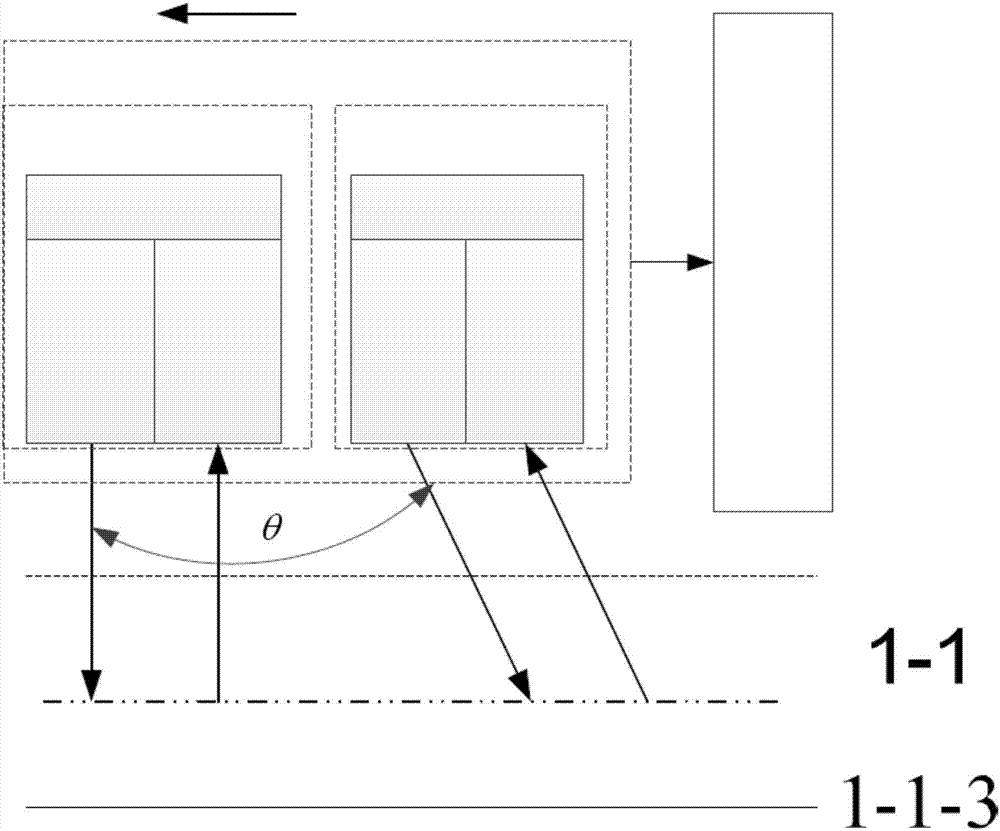Earth laser radar for aerosol detection
A technology of laser radar and aerosol, which is applied in the direction of measuring devices, utilization of re-radiation, climate sustainability, etc., can solve the problems of high cost, difficult to realize, and extremely high requirements for lasers, and achieve the effect of reducing system risk and development cost
- Summary
- Abstract
- Description
- Claims
- Application Information
AI Technical Summary
Problems solved by technology
Method used
Image
Examples
Embodiment Construction
[0049] Below in conjunction with accompanying drawing and specific embodiment the present invention is described in further detail:
[0050] Such as figure 1 Shown is the composition diagram of the laser radar system. It can be seen from the figure that a ground-to-ground laser radar for aerosol detection includes a dual-line-of-sight laser radar 1 and an inversion processing module 2; wherein, the dual-line-of-sight laser radar 1 includes a first laser radar Radar 1-1 and second laser radar 1-2; the first laser radar 1-1 includes a first transmitting system 1-1-1, a first echo receiving system 1-1-2 and a first detection acquisition processing system 1 -1-3; the second laser radar 1-2 includes a second transmitting system 1-2-1, a second echo receiving system 1-2-2 and a second detection acquisition processing system 1-2-3;
[0051] The first transmitting system 1-1-1: transmit the first laser pulse vertically to the ground; the first backscattered echo light is generated af...
PUM
 Login to View More
Login to View More Abstract
Description
Claims
Application Information
 Login to View More
Login to View More - R&D
- Intellectual Property
- Life Sciences
- Materials
- Tech Scout
- Unparalleled Data Quality
- Higher Quality Content
- 60% Fewer Hallucinations
Browse by: Latest US Patents, China's latest patents, Technical Efficacy Thesaurus, Application Domain, Technology Topic, Popular Technical Reports.
© 2025 PatSnap. All rights reserved.Legal|Privacy policy|Modern Slavery Act Transparency Statement|Sitemap|About US| Contact US: help@patsnap.com



